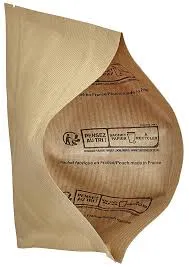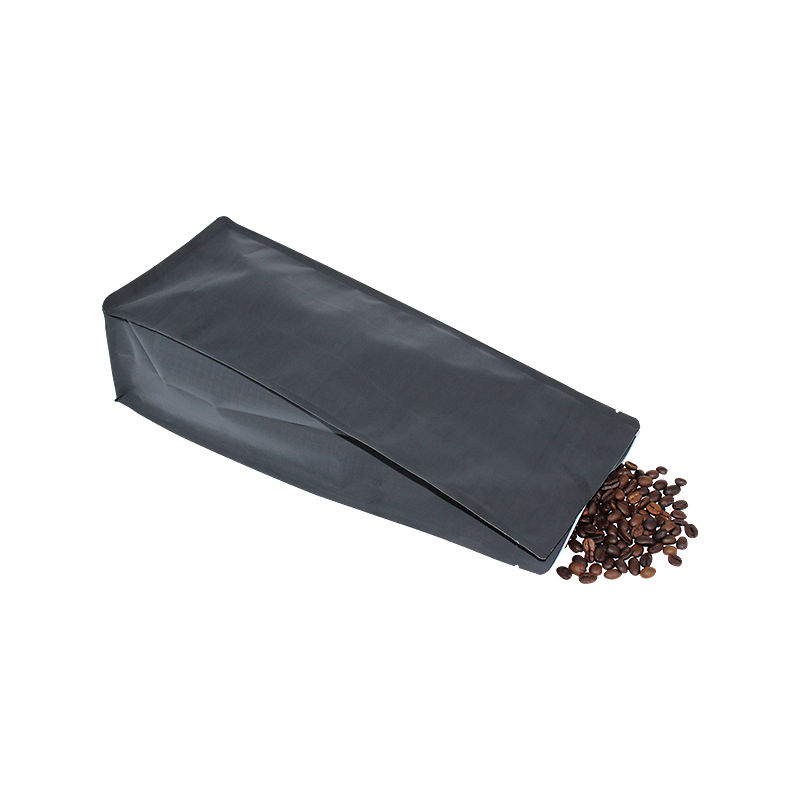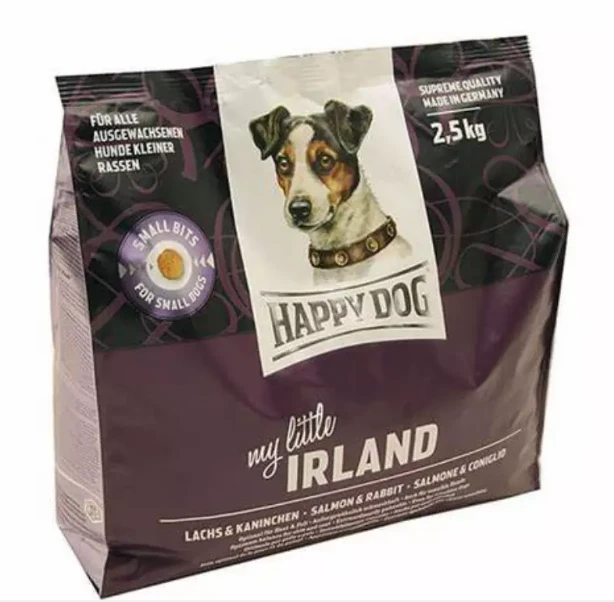- Afrikaans
- Albanian
- Amharic
- Arabic
- Armenian
- Azerbaijani
- Basque
- Belarusian
- Bengali
- Bosnian
- Bulgarian
- Catalan
- Cebuano
- chinese_simplified
- chinese_traditional
- Corsican
- Croatian
- Czech
- Danish
- Dutch
- English
- Esperanto
- Estonian
- Finnish
- French
- Frisian
- Galician
- Georgian
- German
- Greek
- Gujarati
- haitian_creole
- hausa
- hawaiian
- Hebrew
- Hindi
- Miao
- Hungarian
- Icelandic
- igbo
- Indonesian
- irish
- Italian
- Japanese
- Javanese
- Kannada
- kazakh
- Khmer
- Rwandese
- Korean
- Kurdish
- Kyrgyz
- Lao
- Latin
- Latvian
- Lithuanian
- Luxembourgish
- Macedonian
- Malgashi
- Malay
- Malayalam
- Maltese
- Maori
- Marathi
- Mongolian
- Myanmar
- Nepali
- Norwegian
- Norwegian
- Occitan
- Pashto
- Persian
- Polish
- Portuguese
- Punjabi
- Romanian
- Russian
- Samoan
- scottish-gaelic
- Serbian
- Sesotho
- Shona
- Sindhi
- Sinhala
- Slovak
- Slovenian
- Somali
- Spanish
- Sundanese
- Swahili
- Swedish
- Tagalog
- Tajik
- Tamil
- Tatar
- Telugu
- Thai
- Turkish
- Turkmen
- Ukrainian
- Urdu
- Uighur
- Uzbek
- Vietnamese
- Welsh
- Bantu
- Yiddish
- Yoruba
- Zulu
Durable Box Bottom Pouch Packaging Flat Bottom Design
This comprehensive guide explores the box bottom pouch
packaging revolution through 7 focused sections:
- Emerging packaging market trends driving adoption
- Structural engineering and material science advantages
- Manufacturer capability comparison analysis
- Customization possibilities for brand differentiation
- Food industry implementation case studies
- Non-food sector adaptation success stories
- Market growth projections and innovation roadmap

(box bottom pouch)
Understanding the Box Bottom Pouch Market Surge
Global demand for flat bottom box pouches has increased 18.7% annually since 2020, driven by shifting consumer preferences and manufacturing innovations. Modern production techniques now enable manufacturers to create these structurally sophisticated pouches at costs comparable to traditional packaging. Major brands are converting approximately 35% of rigid packaging to these flexible alternatives, reporting 22% average distribution cost savings. Industry analysts project the box bottom pouch segment will reach $12.4 billion by 2028, representing nearly 40% of the premium flexible packaging market.
Engineering Superiority of Modern Pouch Designs
The unique gusseted construction creates unparalleled stability through:
- Multi-layer barrier protection - Combining nylon, aluminum foil and specialized coatings to achieve 99.9% oxygen/UV blocking
- Precision seal integrity - Triple-seam technology withstands pressure exceeding 18psi
- Load-bearing architecture - Certified to support up to 15kg without deformation
Material science breakthroughs like recyclable mono-materials now match the barrier performance of traditional laminates. Modern manufacturing processes achieve tolerances within ±0.15mm across all dimensions, enabling seamless shelf presence.
Manufacturer Capability Assessment
| Manufacturer | Speed (pouches/min) | Material Options | Certifications | MoQ |
|---|---|---|---|---|
| FlexiPack Solutions | 120 | 12 recyclable materials | ISO 9001, BRC AA | 50,000 units |
| PouchPro International | 85 | 9 compostable films | ISO 22000, FSC | 25,000 units |
| Global Packaging Ltd | 65 | 7 barrier structures | SEDEX, ISO 14001 | 100,000 units |
Customization Possibilities for Brand Distinction
Forward-thinking manufacturers offer extensive customization:
- Structural variations - Corner folds, asymmetric bases, and integrated handles
- Functional components - Zip locks, tear notches, custom pour spouts
- Surface enhancements - Spot UV coating, textured finishes, embossing
Leading suppliers maintain libraries exceeding 3,000 Pantone references for precise color matching. Digital printing capabilities achieve 120 lpi resolution with near-photographic quality reproduction, enabling SKU rationalization through versioned artwork designs.
Food Industry Implementation Success
Major food producers report transformative results:
- Premium coffee brand - Increased shelf life by 63% while reducing packaging weight by 45%
- Organic grain company - Cut logistics costs 28% through optimized palletization
- Snack manufacturer - Reduced environmental impact with recyclable pouches while achieving 15% sales growth
The hermetic sealing capability extends product freshness by up to 70% compared to traditional packaging. Transparent window variants have demonstrated 23% higher shelf conversion rates in consumer testing.
Non-Food Applications Adaptation
Industrial applications have rapidly adopted specialized box pouches:
- Automotive lubricants - Chemical-resistant pouches with precision nozzles
- Pharmaceuticals - Tamper-evident designs meeting USP standards
- Construction materials - Reinforced pouches for granular products
Electronic manufacturers saved $3.2 million annually by switching from clamshells to protective ESD pouches. Pet care brands achieved 19% market share growth after introducing pouch designs featuring integrated measuring systems.
Box Bottom Pouch Evolution and Market Outlook
Technological advancements include:
- Nano-coating developments extending shelf life capabilities
- Digital watermarking technology for consumer engagement
- Advanced robotics increasing production speeds to 150 pouches/minute
Industry projections indicate 73% of brands will adopt recyclable monomaterial pouch structures by 2025. The coming five years will see development focus on compostable barrier materials, intelligent freshness indicators, and lightweight designs using up to 30% less material without compromising performance.

(box bottom pouch)
FAQS on box bottom pouch
以下是围绕核心关键词[box bottom pouch]及相关词创建的5组英文FAQs,使用HTML富文本格式:Q: What is a box bottom pouch?
A: A box bottom pouch is a stand-up bag with reinforced gussets that create a rectangular base. This design allows the pouch to stand upright during display and provides extra storage capacity. It's commonly used for food, pet products, and retail items.
Q: How does a flat bottom box pouch differ from regular pouches?
A: Unlike standard flat pouches, the flat bottom box pouch features side pleats that expand into a stable square foundation when filled. This creates self-standing stability without needing external support. The structure also enables better shelf presentation and easier filling during manufacturing.
Q: What products suit box bottom pouches best?
A: Box bottom pouches are ideal for granular items like coffee beans, snacks, or pet food due to their stability. They're equally effective for liquids such as detergents and sauces thanks to leak-proof sealing options. The rigid base also protects delicate contents like cookies or crackers during transport.
Q: Can box bottom pouches feature custom printing?
A: Yes, these pouches offer full 360° printable surfaces for vibrant branding and product information. Advanced flexographic or digital printing techniques ensure high-resolution graphics on all sides. This makes them perfect for premium product positioning and shelf impact.
Q: Are box bottom pouches recyclable?
A: Modern box bottom pouches often use recyclable mono-material films like PP or PE. Many manufacturers offer certified sustainable options compliant with global recycling standards. Always check for specific material certifications like How2Recycle labels when selecting eco-friendly versions.













